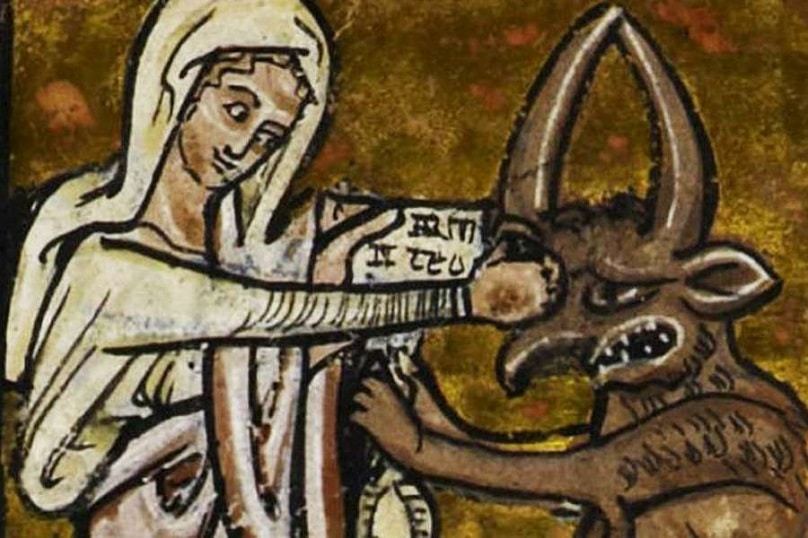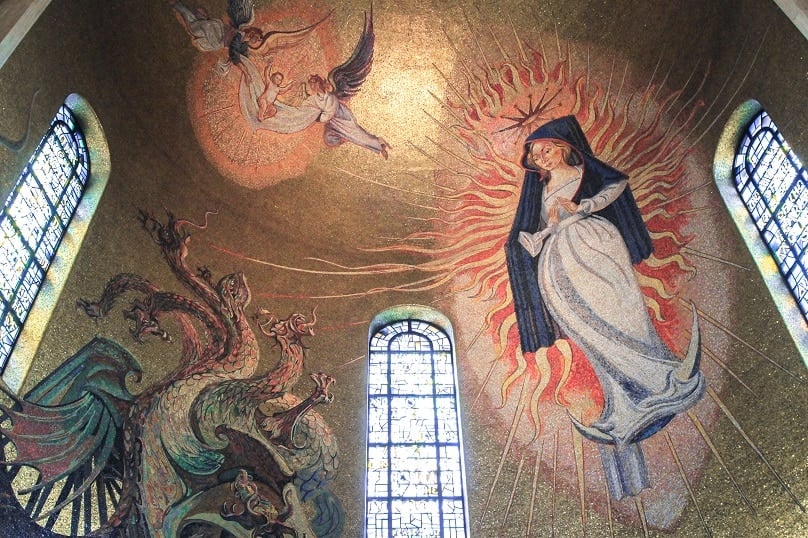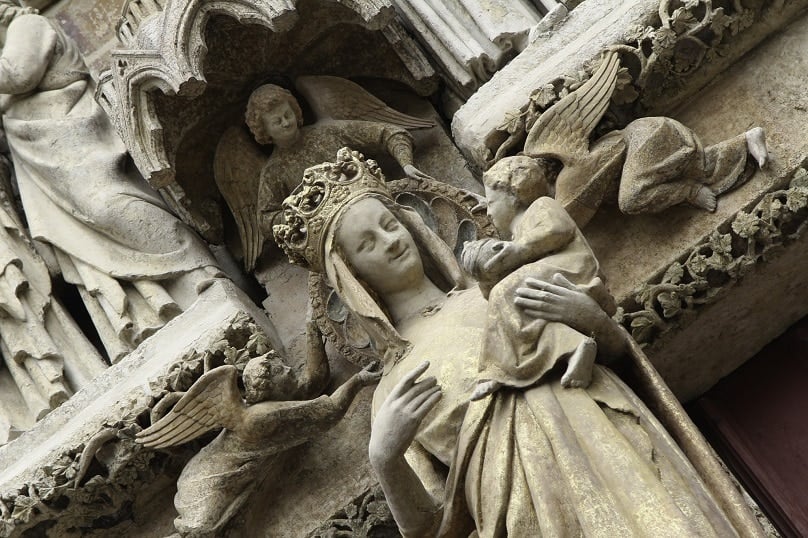
In the Roman Catholic Church, there are two Marian dogmas, the celebration of which are given the status of a solemnity.
The first is the solemnity of the Immaculate Conception of Mary, the dogma declared by Pope Pius IX in the 1854 papal Bull entitled Ineffabilis Deus (“Ineffable God”).
The second was the Assumption of Mary into Heaven, which was defined by Pope Pius XII in a 1950 apostolic constitution entitled Munificentissimus Deus (“The Most Bountiful God”).
The elevation of these teachings on Mary to the status of dogma, making them indispensable aspects of life in the Catholic Church, is often decried by many – both outside and inside the Church – as a Catholic attempt to re-centre the economy of Divine grace away from Christ towards Mary.
What certainly does not help is a tendency – probably unintentional – among some Catholics to regard the Marian dogmas and other Marian attributes as fruit borne of exclusively Marian merit, in isolation of the salvific power of Christ.
In arguments over the justification of the Marian dogmas, what is often forgotten by many – Catholic or otherwise – is the actual wording of the formal definitions of the dogmas.
To take the example of the Immaculate Conception, many might be able to articulate the name of the dogma, but might not be able to recall the 1854 definition by Pius IX.

It is important not to lose sight of these definitions because, as Blessed John Henry Newman argued at the time the definition was promulgated, the wording demonstrates an intention to place Mary within the framework of grace instituted by Christ, and never outside of that framework.
Mary was born without the stain of original sin, said Pius, not as a result of Mary’s merit. Rather, according to the wording of the definition, it is the result of being preserved by an action of God, and “in view of the merits of Jesus Christ, the Saviour of the human race”.
Thus, Mary stands not as the exception to the graces won by Christ. Rather, without really doing anything, Mary demonstrates the fullest extent of the grace-filled operations of Christ. In other words, as Newman wrote, Mary stands as a figure as much in need of the saving power of Christ as everyone else.
However, the dogma of the Immaculate Conception states that Mary is not a unique being in and of herself, but a unique recipient of Christ’s saving work. Mary does not diminish the power of Christ, but her life puts the saving power of God on full and dramatic display.
Indeed, Mary’s life provides a unique focus on what God’s saving power can do, particularly when read from the standpoint of the eschaton, the end of all things.

Through the life of Mary, God provides us with a glimpse of what the end of all things might look like. Put more precisely, Mary stands as the embodiment of what we hope to become in Jesus the second Adam at the end of history, as opposed to what we became in the first Adam from the beginning of history.
The joint Anglican and Roman Catholic mariological statement, Mary: Grace and Hope in Christ, explains it in this way in paragraph 59:
… the eschatological perspective illuminates our understanding of Mary’s person and calling … Christ’s redeeming work reached back in Mary to the depths of her being and to her earliest beginnings.
Put another way, this Marian dogma is not about the aggrandisement of Mary at the expense of Christ. Rather, it demonstrates how nothing, not even the past – so often deemed as irreversible – can stand in the way of Christ’s salvific operations.
Because of the kind of operations of grace at work in Mary’s past, Mary stands as a revolutionary figure, overturning the things in this world which even the most devout of us might regard as unchangeable.
In understanding the full implications of Mary’s past, the person of Mary demonstrates what is to be hoped for from the saving power of God in the future. Her moving canticle in Luke 1:46-55, better known as the Magnificat, is thus not an isolated exclamation but a summary of a life transformed by God’s work. It is more than a declaration about Mary as a person.
The person of Mary enfleshes John the Baptist’s words when he says that the Divine Logos “must increase, and I must decrease” (Jn 3:30).
In her lowliness, however, and like all the saints, Mary becomes God’s declaration to the status quo of the world at large. If God’s work can tear down even the impenetrable barriers of the past, those that have become arrogant by displays of power in the present better beware, for there is an even greater power coming that will tear down that seemingly impenetrable fortress, one who “casts the mighty from their thrones and raises the lowly” (Lk 1:52).
